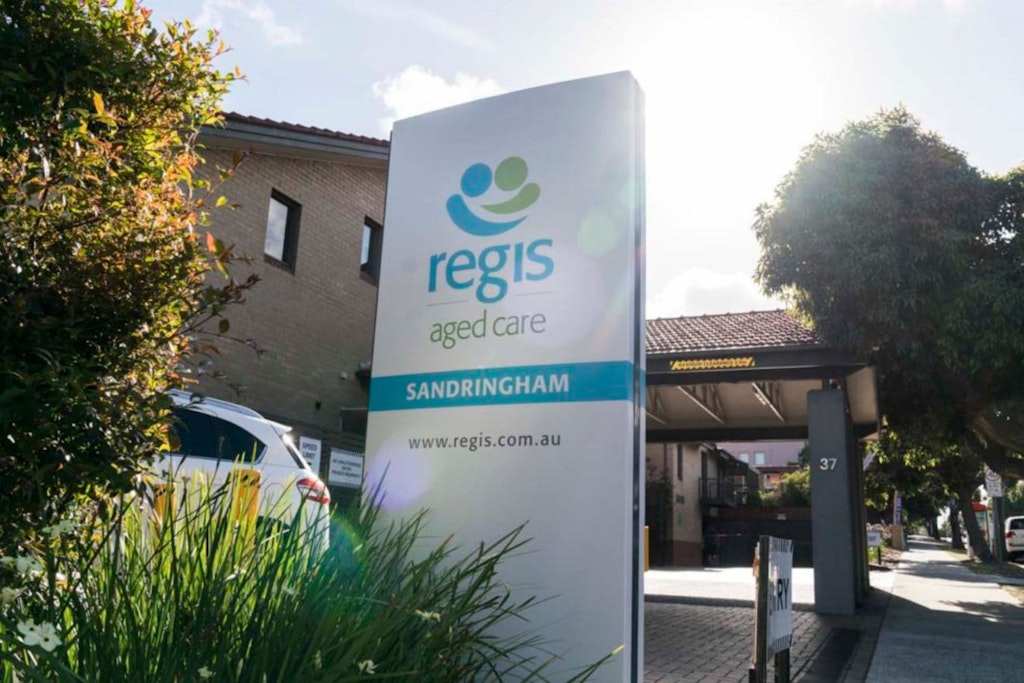Regis Healthcare goes deeper into regional and premium aged care footprint
Published on 24 October 2025

Regis Healthcare has recently added two Victorian residential aged care homes, a 120-bed facility in Torquay and a 110-bed home in Drysdale, for around A$45 million. The homes were either newly built or extensively refurbished in the past eight years and feature 100% single ensuite rooms. With this purchase, the company will operate about 74 homes with roughly 8,400 beds.
While such acquisitions are not new for Regis, the new angle to watch is how the provider is linking geographic expansion into growth corridors with asset quality at bargain valuations, positioning itself for both demographic tailwinds and value-driven acquisitions.
Mining value and quality at the same time
Two aspects stand out in this deal. First, the price per bed at about A$196,000 is well below earlier estimates of A$216,000 per bed. That suggests that Regis is not simply expanding but doing so with discipline in pricing.
Second, the homes’ quality: built or refurbished recently, with all single-ensuite rooms, in regional Victoria west of Melbourne where demand is increasing. The managing director and CEO, Dr Linda Mellors, emphasised how this strengthens their presence in a region with rapidly growing aged care needs.
Together, this demonstrates a strategy that is less about simply acquiring for scale and more about acquiring well-located, high-quality assets at attractive valuations.
What this means for the broader growth strategy
Regis is making it clear that the private-equity style growth mentality has entered the aged care sector. The company has cited that this transaction is expected to be earnings-per-share accretive in FY26.
And this isn’t the one-off. Earlier in the year, Regis agreed to acquire four high-quality homes in South-East Queensland (600 beds) for roughly A$135 million, with RAD liabilities of around A$204 million. That deal, together with the Victorian one, shows a two-front push: premium homes in high-demand regional growth zones and disciplined pricing.
Also notable is Regis’ commitment to remain in a net-cash or low-debt position, signalling that they are not simply borrowing heavily to fuel growth.
A shift in niche: regional and premium aged care, not just metropolitan bulk
What is perhaps more subtle, and worth emphasising, is that the acquisitions show a shift away from simply expanding in major metro zones by volume toward a regionally-led and quality-led growth model.
The Victorian homes are in Torquay and Drysdale, west of Melbourne, not inner-city. The Queensland deal emphasises homes opened recently (three of the four less than six years old) in Brisbane and Sunshine Coast growth corridors. The focus on single ensuite rooms and recent refurbishing suggests Regis is aiming at a slightly higher end of the market and more modern accommodation, which will help with future pricing, occupancy and regulatory differentiation.
This may reflect recognition that older metropolitan homes built decades ago may require heavy maintenance or redevelopment. By contrast, newer or recently refurbished homes in growth corridors may give better returns and less capital risk.
Risks and considerations
Of course, several challenges remain.
Occupancy ramp-up risk: Some acquired homes, particularly in Queensland, are still ramping occupancy, with one of the homes only 53% occupied at 30 June 2025.
RAD liability and payment risk: With refundable accommodation deposits (RADs) of tens of millions involved, the company must manage that cash flow carefully. The assumption of RAD liabilities is non-trivial.
Competition for premium, well-located aged care assets is increasing, and costs (construction, regulation, staffing) are rising.
While the demographic tailwind is real, the regulatory and funding environment remains under pressure in Australia’s aged care sector.
What to keep an eye on
Here are a few developments to watch.
How Regis manages occupancy and pricing in the new homes, especially the single-ensuite premium rooms.
Whether the company continues to acquire in growth-corridor regions, such as regional Victoria and Queensland, rather than focusing purely on metro expansion.
How capital structure evolves and whether Regis stays net-cash positive or borrows significantly to expand.
Whether competitors mimic this two-front strategy of quality and regional growth, and how supply and demand dynamics play out in those corridors.
Impact of upcoming aged care reforms in Australia and whether higher-quality homes will benefit more from funding changes, allowing providers like Regis to capture value.